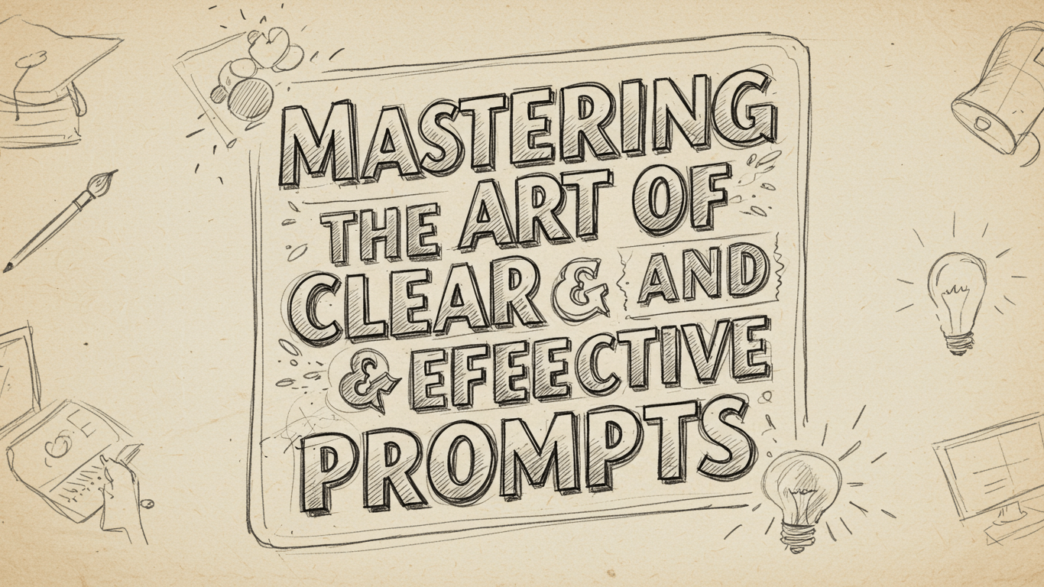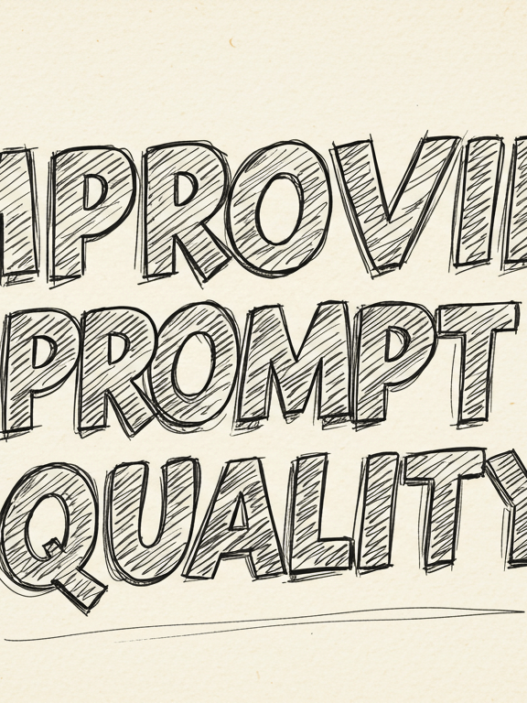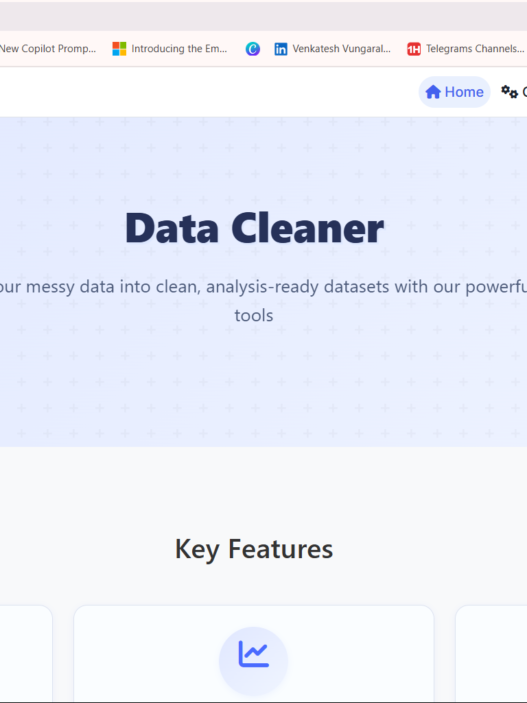TLDR: To get better results from AI, use clear, specific prompts with examples. Be direct with instructions, specify formats and lengths, and understand output settings like temperature and Top-K. This ensures effective communication and high-quality responses from AI models.
Mastering prompt engineering is crucial for effective AI interactions. It involves crafting clear, concise instructions to guide AI models towards desired outcomes. By understanding AI’s strengths and limitations, and using language precisely, users can unlock AI’s full potential, enhancing productivity and problem-solving across various domains.
Using Examples to Guide
Providing examples in prompts, known as one-shot or few-shot prompting, is an effective way to guide LLMs. This technique allows the model to learn from the examples and tailor its output accordingly, improving accuracy, style, and tone.
- Demonstrate, Don’t Dictate: Use concrete examples to illustrate the desired format or style, avoiding abstract instructions.
- Prioritize Relevance: Ensure examples directly relate to the task you want the model to complete.
- Maintain High Quality: Well-written, error-free examples are essential for preventing confusion and undesired output.
- Include Edge Cases: Incorporate unusual or unexpected inputs to ensure the model can handle a variety of situations and produce robust output.
Clear Communication Through Simple Design
- Crafting Effective Prompts:Keep prompts straightforward, clear, and concise to ensure the model comprehends your intent. Avoid unnecessary complexity and excessive information.
- Providing Clear Instructions:Begin instructions with action verbs such as “Analyze,” “Summarize,” or “Categorize,” and maintain focus on the primary objective. Clear and direct instructions enhance the model’s accuracy and responsiveness.
Example
BEFORE
I am visiting New York right now, and I’d like to hear more about great locations. I am with two 3 year old kids. Where should we go during our vacation?

AFTER REWRITE
Act as a travel guide for tourists. Describe great places to visit in New York Manhattan with a 3 year old.

State the Desired Output Clearly
Clear and effective prompting relies on specificity to guide the LLM effectively. Concise instructions may lack direction or be too general. Providing specific details through system or contextual prompting focuses the model on relevant information, leading to improved accuracy.
- Format: Specify the desired format (paragraph, list, JSON, code).
- Length: Control output length using max token length or explicit instructions (e.g., “Explain [topic] in three paragraphs”).
- Key Elements: Outline the essential information to include in the response.
Example
DO
Generate a 3 paragraph blog post about the top 5 video game consoles. The blog post should be informative and engaging, and it should be written in a conversational style.

DO NOT
Generate a blog post about video game consoles.

LLM Output Configuration
- Temperature controls randomness of output
- Top-K focuses on the most probable tokens
- Top-P uses cumulative probability to select tokens
- Output length determines the number of generated tokens
Effectively communicating with an LLM and getting valuable results depends on mastering the basics of prompt engineering. By providing clear examples, keeping the design simple, and being specific about the desired output, you can significantly enhance the quality and relevance of the LLM’s responses. Focusing on these best practices ensures clear communication between you and the LLM, laying a strong foundation for successful prompt engineering.




















